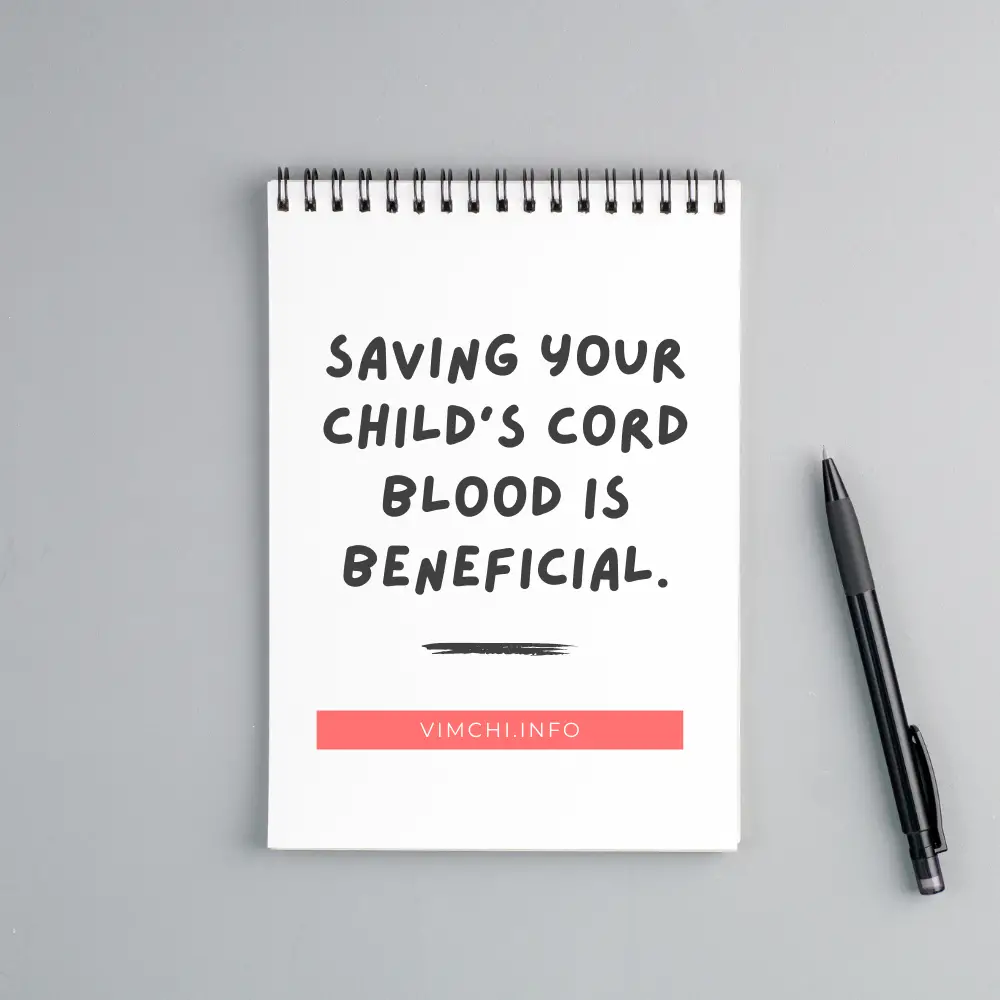The cord blood registry annual fee is something that must be on your list of things to consider when giving birth.

Cord blood has become a hot commodity. It’s taken from the newborn’s umbilical cord after birth.
Before, parents didn’t care about the umbilical cord. They just discarded it after giving birth.
But with the discovery that it’s a rich source of stem cells that can treat some disorders, parents are now considering saving or donating it.
Paying for the Cord Blood Registry Annual Fee
If you choose to save your child’s cord blood with a private cord blood bank, you have to consider the fees, especially the annual fee.
Cord blood registry annual fee is one of the charges you have to financially consider when you choose to save your child’s cord blood.
The yearly storage fee can start at $100 but it can go up to $300 per year. How much you will pay for storing your child’s cord blood a year will depend on where you save it.
The private cord blood bank you wish to use may waive some or all of the fees if you have a family member who can benefit from the stored cells.
However, there are requirements that you need to meet, and those requirements vary from one bank to another.
Precious Resource But Wasted
Cord blood is a precious resource. However, much of it is wasted. Many parents still can’t decide whether to donate or save their babies’ cord blood.
What they don’t know is that this is a life-saving treatment for a lot of people.
The decision to store or donate the cord blood must be finalized a few months before giving birth.
When you decide to save it, you should consider the likelihood of using the stem cells. Many health organizations recommend public cord bank donation over private banking.
The American Academy of Pediatrics (AAP) stated:
“Because there are no scientific data at the present time to support autologous cord blood banking and given the difficulty of making an accurate estimate of the need for autologous transplantation and the ready availability of allogeneic transplantation, private storage of cord blood as “biological insurance” should be discouraged.”
You should also consider that the diseases that cord blood can treat are rare. Furthermore, your child’s cord blood might be unusable.
The reason for this is that the stem cells in the cord blood may contain the same genetic defects.

So, Is It Pointless to Save Your Child’s Cord Blood?
Saving your child’s cord blood is beneficial. It may help a sibling who has an illness that a stem cell transplant can treat.
For instance, if a sibling suffers from sickle cell disease, thalassemia, leukemia, or Hodgkin’s lymphoma, then the stored cord blood might be useful in the future.
Doctors highly recommend that you save your baby’s umbilical cord if one of your family members is already suffering from one of the illnesses mentioned above.
If you have decided to save your child’s cord blood, you need to tell the private bank in advance so it can send you a collection kit.
Conclusion
Cord blood registry annual fee isn’t cheap. If you wish to save your child’s cord blood, talk to your doctor to know whether or not it’s a wise decision. Your doctor can suggest what private bank to use.
For further reading about cord blood registry, please visit: Cord Blood Registry

Speak Now ... Or Forever Hold Your Peace